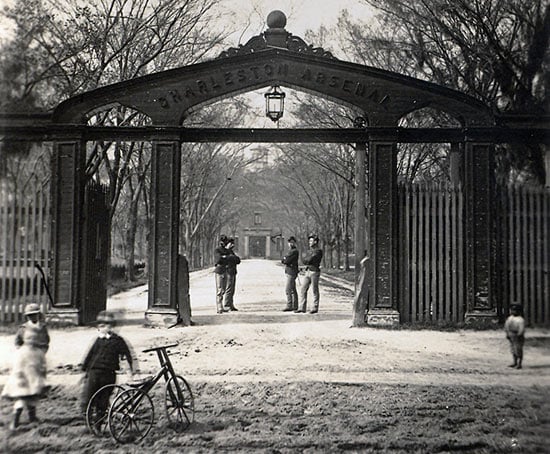Lowcountry Digital Library
Two more of the photographic collections held in our Archives have gone on-line at the Lowcountry Digital Library. The newest additions (which join our Earthquake Photographs and Charleston Firefighters Rosters, 1862-1864) are our Fort Photographs and our Civil War Photographs.
The Fort Photographs are images from our collections relating to area forts – Fort Johnson, Fort Moultrie and Fort Sumter. They range in date from 1861 to 1940 but, of course, include undated items. The Civil War Photographs are images from our collection relating to the Civil War and date primarily from that time (1861-1865). These images are largely stereographs, some of which were taken by George N. Barnard and George L. Cook.
— Jennifer Scheetz, Archivist
These images are from the Charleston Museum’s collection of civil war photographs and are primarily stereographs.
These
images are from the collection of photographs relating to Charleston
area forts, specifically Fort Sumter, Fort Moultrie and Fort Johnson.
This
collection contains earthquake photographs held by the Charleston
Museum, America’s first museum. This collection features 204 photographs
documenting the damage inflicted on Charleston by the earthquake of
August 31, 1886. Primarily professional photographs, these images were
sold as souvenirs of the devastating quake.
Charleston Firefighters Rosters, 1862-1864
The
collection consists of sixteen oversize sheets listing the free men of
color who comprised various fire companies in the city of Charleston in
the years 1863 and 1864. Nine different companies are included – Engine
companies numbers 2, 4, 5, 6, 7, 8, 9, and 10 as well as a Hook and
Ladder Company. There are two sheets, nearly exact duplicates, for all
companies except 2 and 8; there are many minor variations from sheet to
sheet. The headings on the printed forms include date of enrollment,
name, age, height, eyes, hair, complexion, occupation, residence and
remarks, the last column always being empty. Information for all other
categories is given, with the date of enrollment in most forms being the
same for all enrollees, except for those men who were members of the
Hook and Ladder Company, suggesting that the date might actually be the
day that the rolls were taken. These sheets supply a type of visual
identification for Charleston free men of color not available in any
other known sources.


